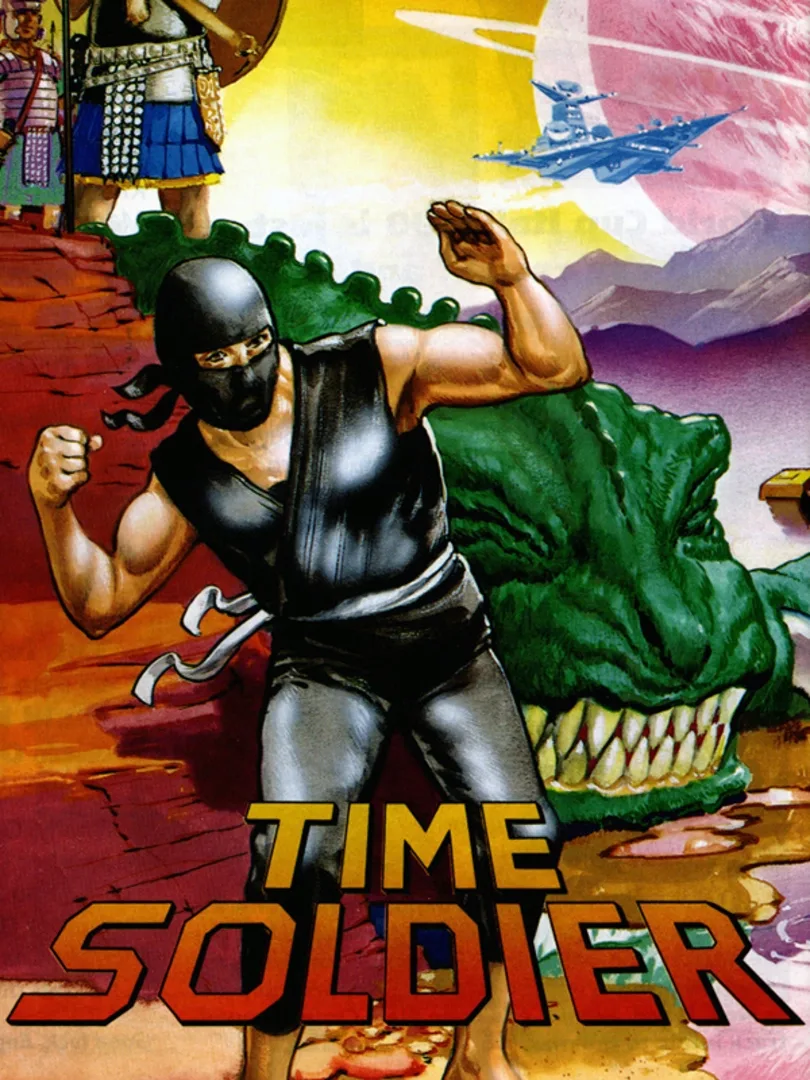Advanced Search
Title
No filter
Genre
No filter
Platform
Arcade
Developer
No filter
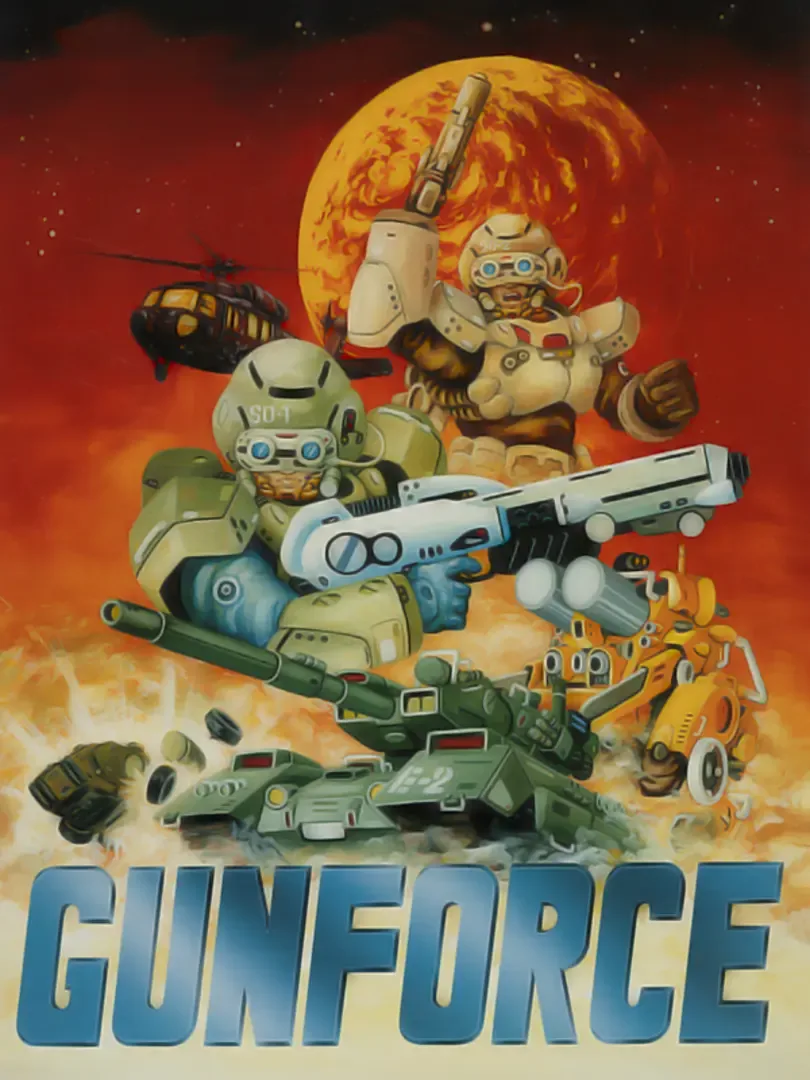
Release date: 01/04/1991
Gunforce
GunForce: Battle Fire Engulfed Terror Island or simply titled as GunForce, is a side-scrolling action shooting game produced by Irem for the arcades in 1991. The game was later ported by Bits Studios and published by Irem to the Super Famicom exclusively in Japan in 1992. Outside of Japan, it later received a sequel titled GunForce II, originally known in Japan as Geo Storm. The player is armed with a gun that fires rapid-fire bullets. Each direction it shoots can be fixed toward it so the player doesn't have to hold the joystick toward it. Players may find motorcycles to speed across enemy territory faster in addition to helicopters and cable cars. After scoring over any high score, whether they win or lose, players can enter their name into the high score list after the game over screen is "achieved". A strict time limit keeps the game going at a steady pace throughout; the consequence involves losing a life.
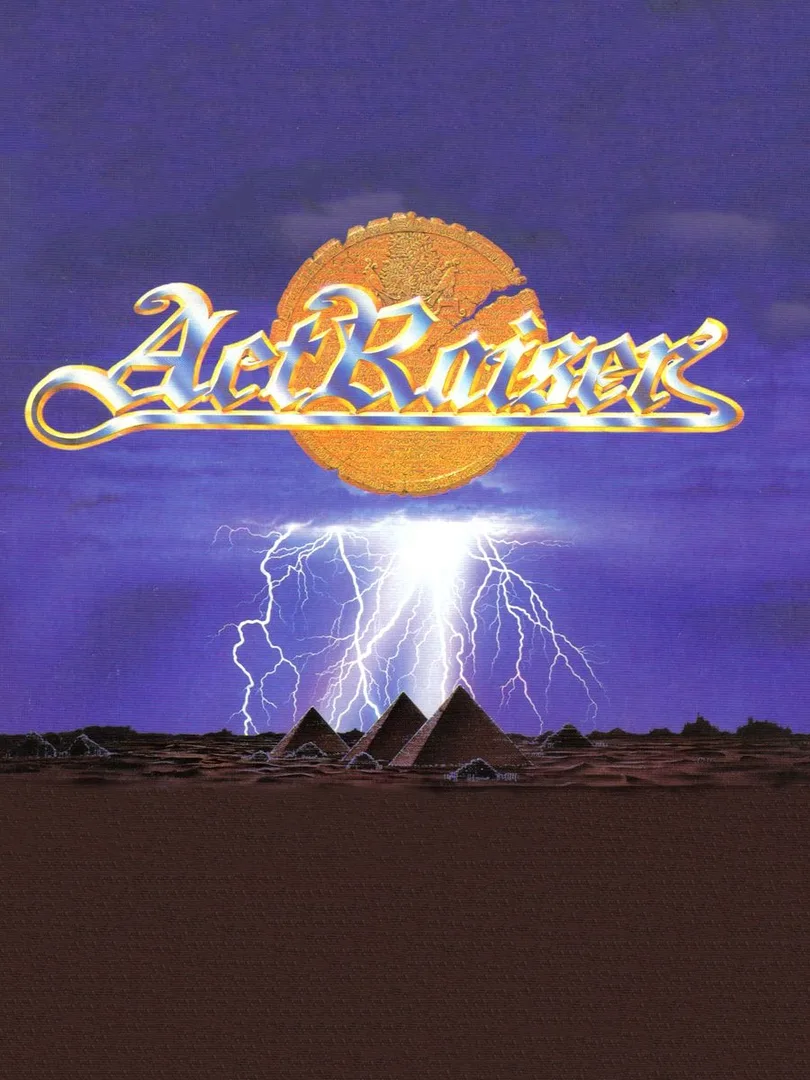
Release date: 16/12/1990
ActRaiser
ActRaiser is a 1990 platform and city-building simulation game for the Super Nintendo, combining traditional side-scrolling platforming with urban planning god game sections. In 2007, ActRaiser became available on the Wii's Virtual Console download service. A version of the game was also released for European mobile phones in 2004.
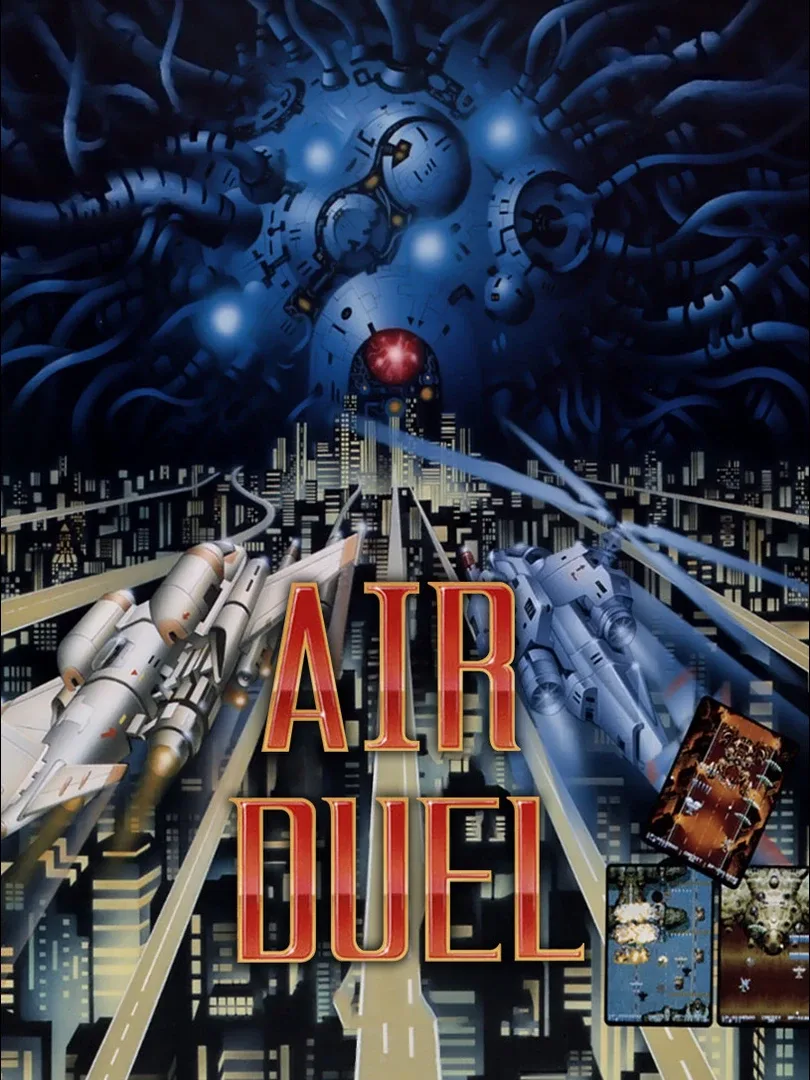
Release date: 01/06/1990
Air Duel
The player selects from a jet fighter or helicopter, shoot enemies in the air and ground, collect power-ups, and defeat bosses to advance levels. The game differs from most others in the genre in that you can change the aircraft you use at the start of each level. The jet fighter always shoots straight forward; power-ups increase the width and strength of its shots. The helicopter fires thinner and weaker shots, but turns in the direction it moves (similar to the later Zero Gunner), giving it great range; powerups increase the strength of shots, as well as the number of bullets per shot (adding a small "spread" effect to the shot while moving around). Both the fighter and the helicopter also start with three bombs which wipe out everything in their path, including enemy shots. These bombs are also unique compared to similar games, in that they produce a line of small horizontal blasts that can be "directed" at the line travels across the ground, by pressing left and right (similar to the helicopter's shots). Additional bombs can be picked up during the course of the game. Losing a life resets your power and bomb count to the amount you start with. "Air Duel" is a challenging game, and later levels can become nearly unplayable if a single life is lost.
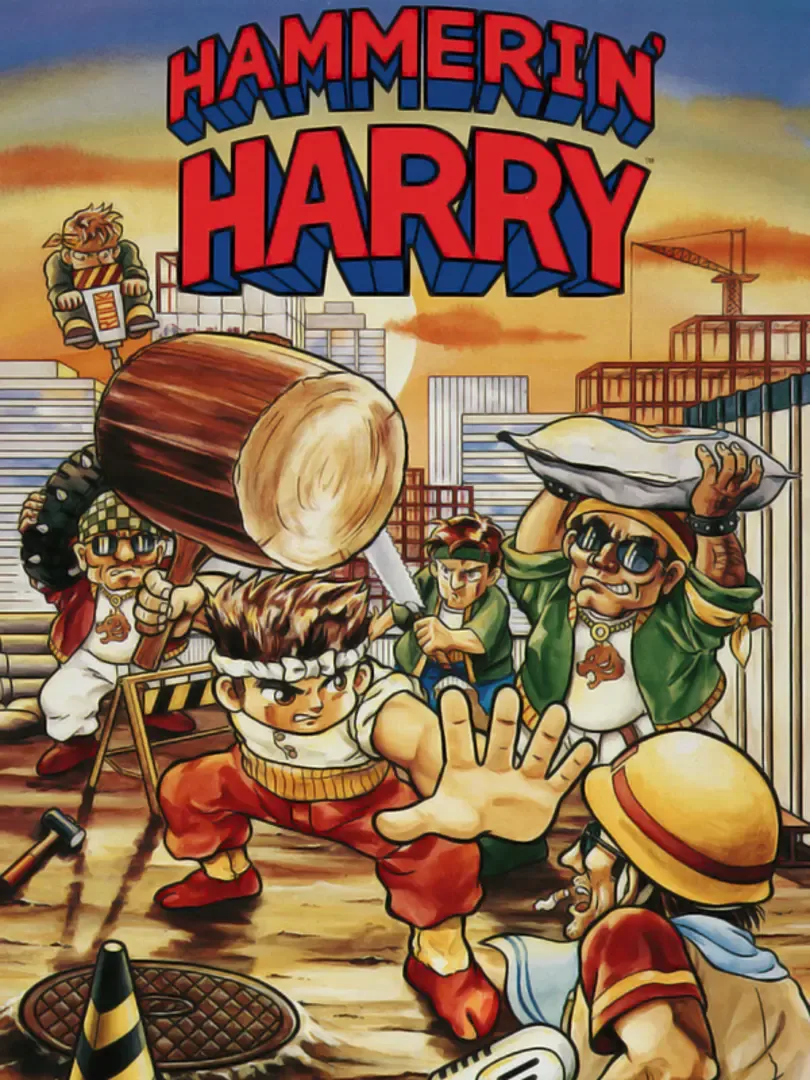
Release date: 01/02/1990
Hammerin' Harry
Hammerin' Harry, known in Japan as Daiku no Gen-san (大工の源さん?), is a platforming video game developed and published by Irem in 1990. The game is centered around the titular Harry (or "Genzo Tamura" in the original Japanese), a hammer-wielding carpenter who protects his hometown of Beranme from the corrupt construction companies that mean to tear it down.
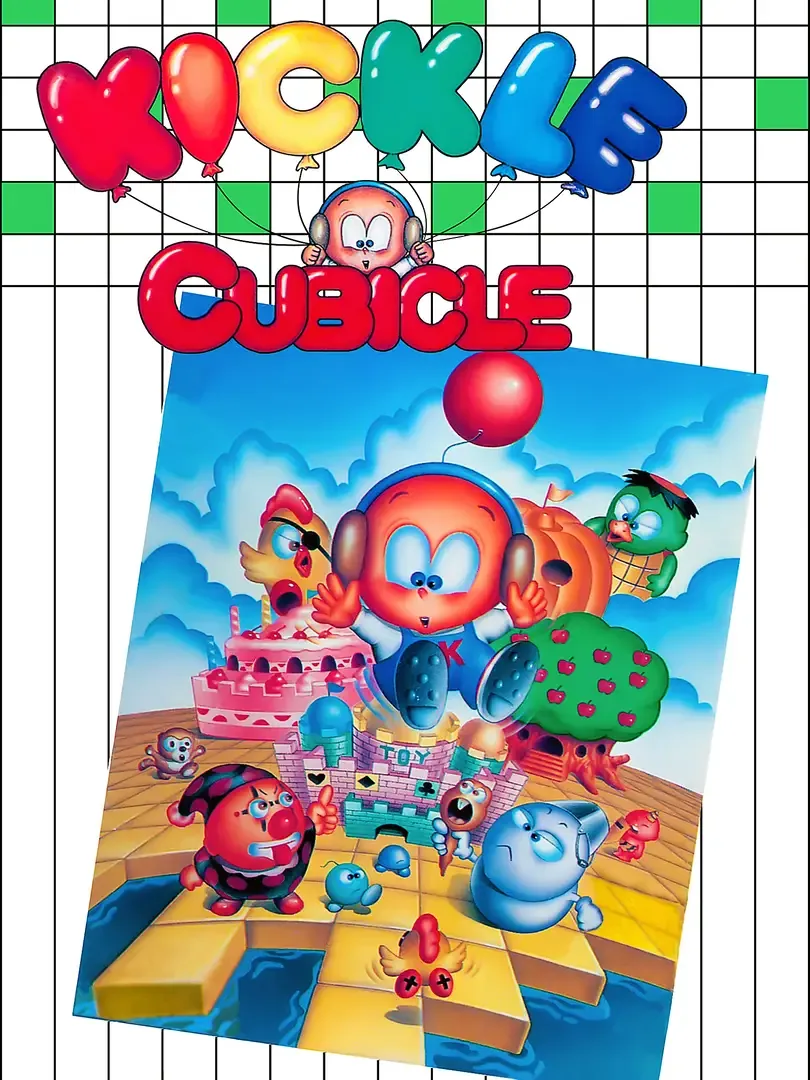
Release date: 01/02/1990
Kickle Cubicle
It once was a peaceful kingdom of friendly, kind people. Unfortunately, this land didn't stay so serene as a wicked wizard king wanted everything for himself. Using his magic powers the wizard quickly overpowered the helpless people, put everybody including Princess Mira, into "dream bags", and turned the entire kingdom into a frozen wasteland. It is your job as Kickle to progress through all of the areas within each of the four lands in the country and eliminate all of the Wizard's henchmen and rescue your friends who are held captive in a dreamless sleep. Kickle Cubicle is a captivating puzzle game much on the lines of the old coin-op game Pengo. More recently though, it contains similar concepts seen in the Lolo series of NES carts where planning and strategy is more important than quick moves. Your main weapon is your 'chilling' ice breath. Breathe on the enemy and they instantly freeze! Give them a kick and they're out of your way! Clear a couple dozen mazes and you come to the end of the land you're in where you must then beat one of the Boss creatures. Throw in springs, hammers, bonus stages and secret traps and the game quickly turns into a puzzle game with levels which start easy but increase in difficulty as you get better!

Release date: 31/12/1989
Lode Runner
Lode Runner is a 1983 puzzle video game, first published by Brøderbund. It is one of the first games to include a level editor, a feature that allows players to create their own levels for the game. This feature bolstered the game's popularity, as magazines such as Computer Gaming World held contests to see who could build the best level.
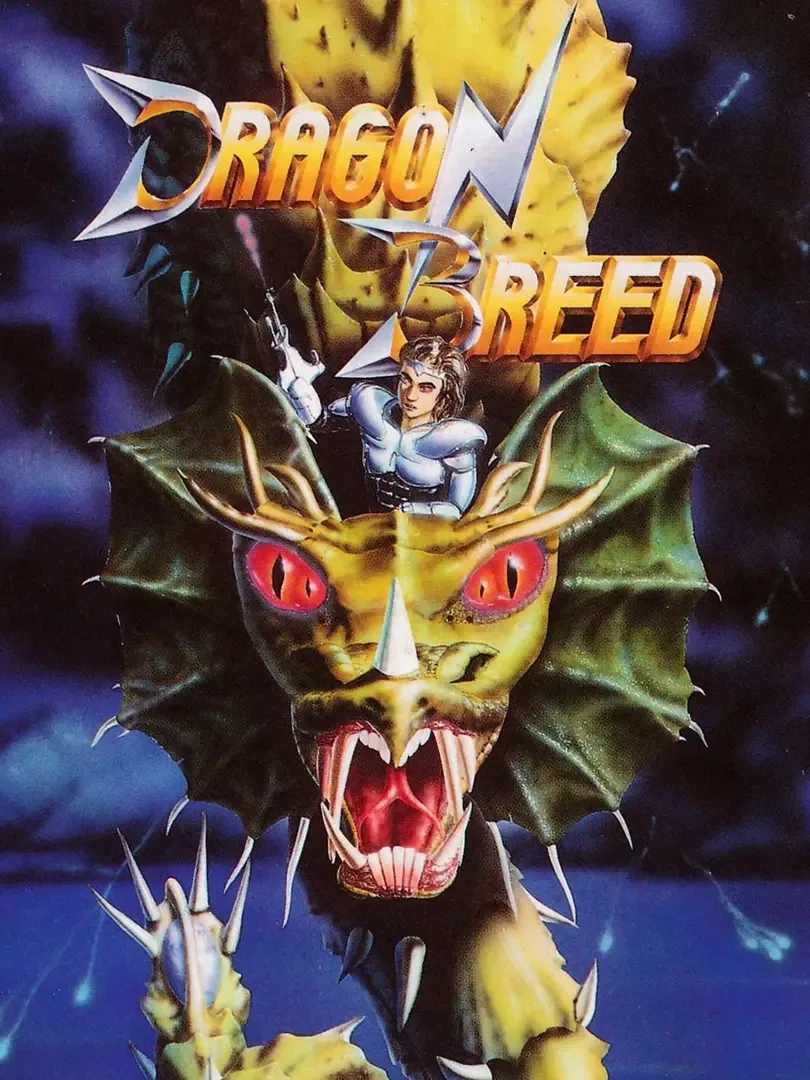
Release date: 31/12/1989
Dragon Breed
The player's character is a human who rides a large, green, flying Chinese-style dragon. The dragon is invincible, capable of blocking most enemy projectiles and damaging enemies on contact; the human, however, is not, but is armed with a forward-firing crossbow. The dragon's body is flexible and responds to the player's movement, enabling the player to use the dragon as a mobile shield or as a whip-like weapon. You can also circle the tail around a group of enemies to kill them. The tail of the yellow or blue dragon can be coiled around the player to offer almost complete invulnerability for a limited time. The dragon can also spit fireballs. By holding the fire button down, the dragon will build up fire in its mouth; the longer the button is held down, the more powerful the fireball will be. There are four levels of fireball power; at its strongest, the fireball resembles a dragon's head. The game also contains some platforming elements - the human is able to dismount on horizontal platforms. Power-ups can be acquired by shooting small green dragons that appear intermittently throughout the levels, or they can be collected from the ground on foot. There are four different power-ups, each of which provides a different weapon to the dragon. Collecting multiple power-ups of the same colour makes that weapon more powerful. The dragon changes colour depending upon which power-up has been collected. Red enables the dragon to breathe a flame. The flame gets longer if more power-ups are collected. Yellow enables the dragon's body to fire crescents in all directions. White enables the dragon to produce up to four miniature dragons, which home in on enemies. Blue enables the dragon to fire downward bolts of electricity from its underside.
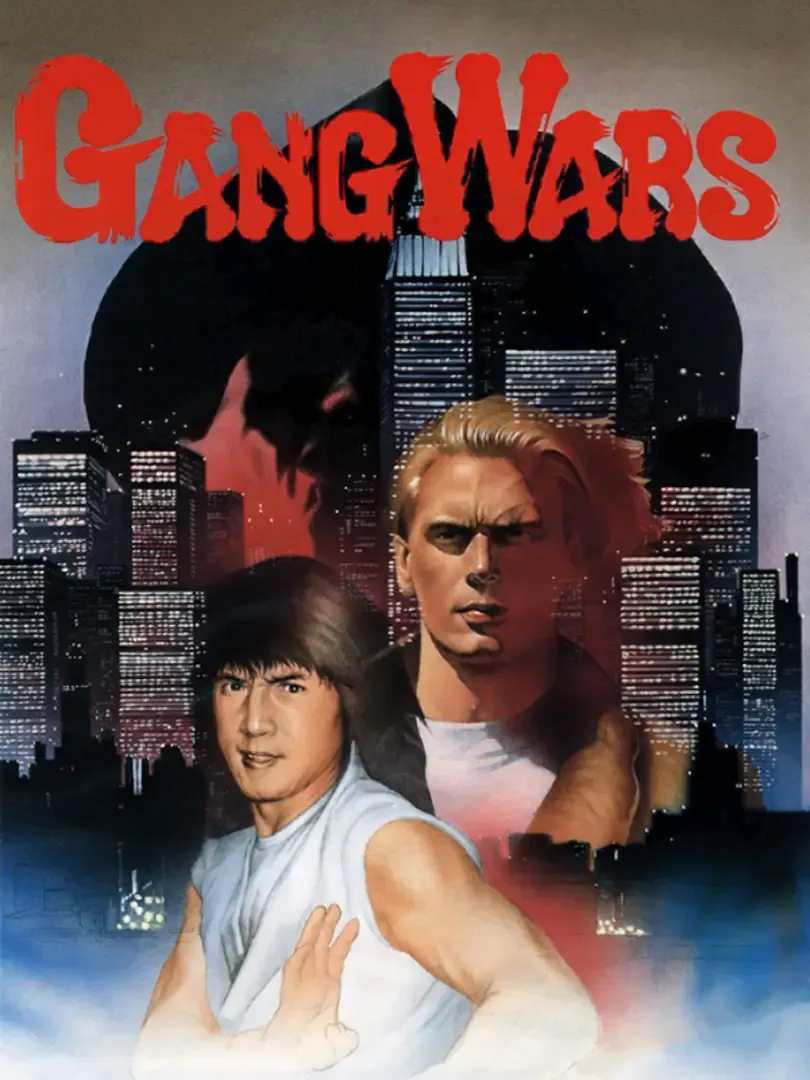
Release date: 31/12/1989
Gang Wars
In Gang Wars, up to two players can control two different characters with different fighting styles. Gang Wars has a control configuration that is composed of two attack buttons (punch and kick), as well a jump button to fight against enemies or overcome obstacles. Players have access to a repertoire of techniques by pushing these buttons individually or in combination. Unlike Double Dragon, Gang Wars has fire arms (much like SNK's P.O.W.: Prisoners of War, except Gang Wars has both an assault rifle and a flamethrower), has a small amount of blood, has cut scenes, has two completely different playable characters and has a feature for customizing three fighting statistics (Power, Speed and Guard) for both players. Players will earn a certain number of points for increasing their fighting statistics.
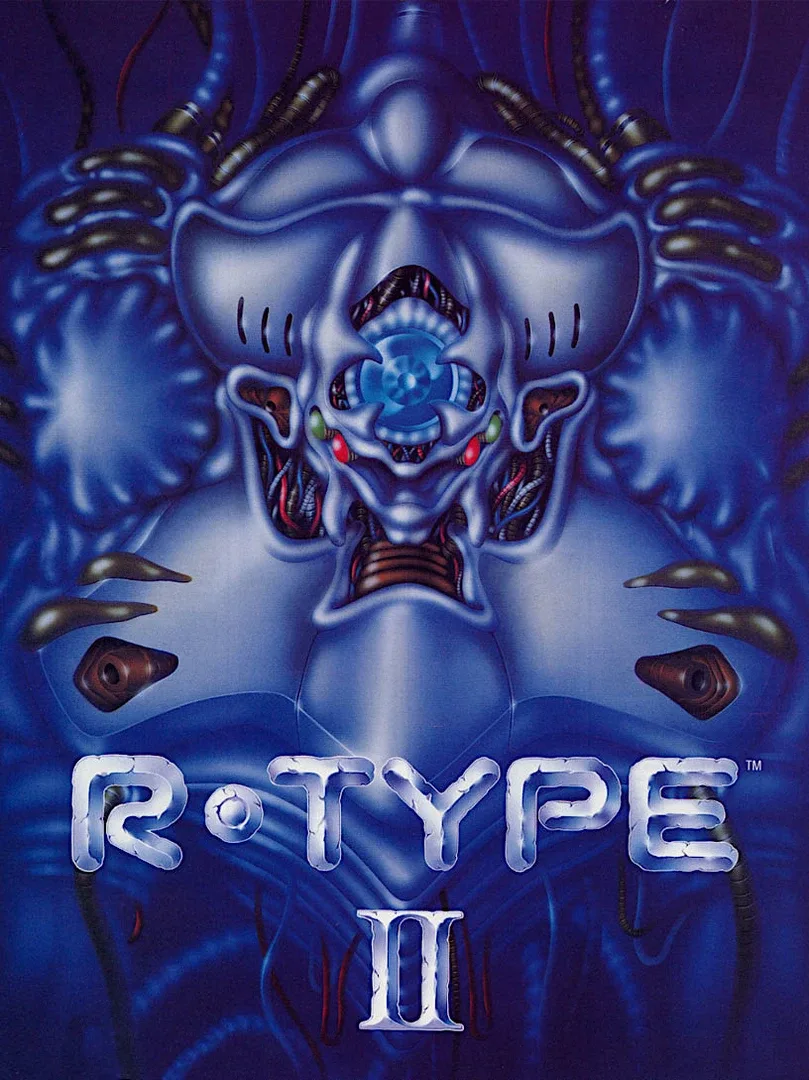
Release date: 31/12/1989
R-Type II
The game is the sequel to R-Type, which was first released as an arcade game in 1987 and profoundly influenced later shooting games with its charge shots, unique weaponry, and grotesque enemies. Hudson Soft ported the later 4 levels of the original R-Type to the PC Engine with the title R-Type II, but the Hudson release is unrelated to the game described in this article. The player controls a ship called the R-9C (or R-9 Custom), which is an improved version of its predecessor game's ship; the R-9. The ship's design was changed slightly, and the wave cannon was given homing capabilities. Two new types of weapons (the Search Laser and Shotgun Laser) were added, bringing the total number of weapon types up to five. A new anti-ground unit bomb was also added to the missile inventory. Though the number of levels was decreased from the prequel, the number of enemies, their durability, and the number of bullets they shoot were greatly increased. Enemy movements and terrain were also made trickier, bringing the game's difficulty up considerably. The same revival system is used as in the prequel, where the player is brought back to a checkpoint whenever their ship is destroyed. The controls are mostly unchanged from R-Type, where the 8-way joystick controls the ship's movement, and the shot button fires the ship's main beam. The other button is used to equip or unequip Force; the series' most unusual innovation. Pressing down the shot button causes the blue beam gauge to fill up, and releasing the button causes a wave beam to travel a certain distance depending on the length of time the button was pressed down. If the button is pressed down until the blue gauge is fully charged, a red gauge appears and fills up quickly. Filling up the red gauge causes it to flash blue and red, releasing the shot button at this point shoots an even more powerful beam. Unlike the normal beam that only travels in a straight line, the newly added Shotgun Laser beam explodes in multiple directions after traveling a short distance. This shot causes heavy damage if the player can target a single enemy with it. However, holding the button down after the gauge is flashing causes the beam to return to the normal transverse beam (the gauge alternates between flashing and returning to the normal state while the button is held down), so the player must release the button at the right timing in order to successfully target enemies. The other newly added beam, the Search Laser, is semi-homing, and can bend at angles up to 45°.
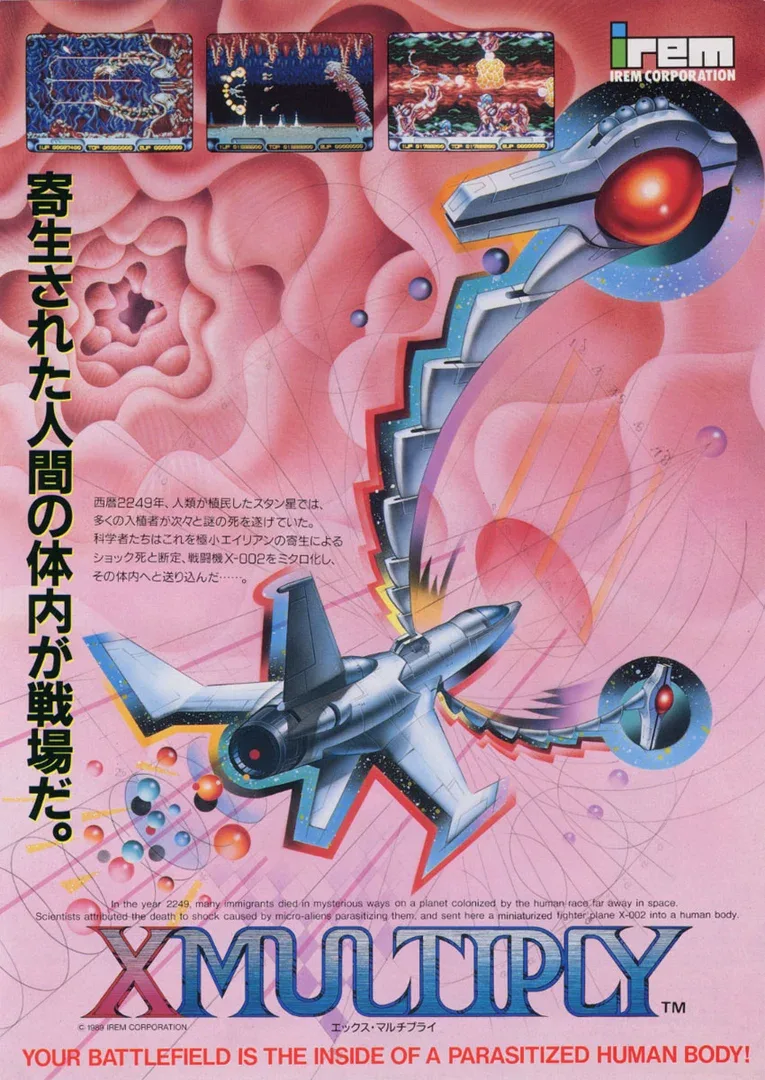
Release date: 01/09/1989
X Multiply
Is a side-scrolling shooter published by Irem, and similar in style to their earlier R-Type. The game centers around an unusual alien invasion against a colony planet in the year 2249 where the aliens themselves are microscopic creatures that invade, infect, and kill the colonists. Scientists have deployed the microscopic fighter X-002 into the body of the hapless woman whose body has been invaded by the alien queen.

